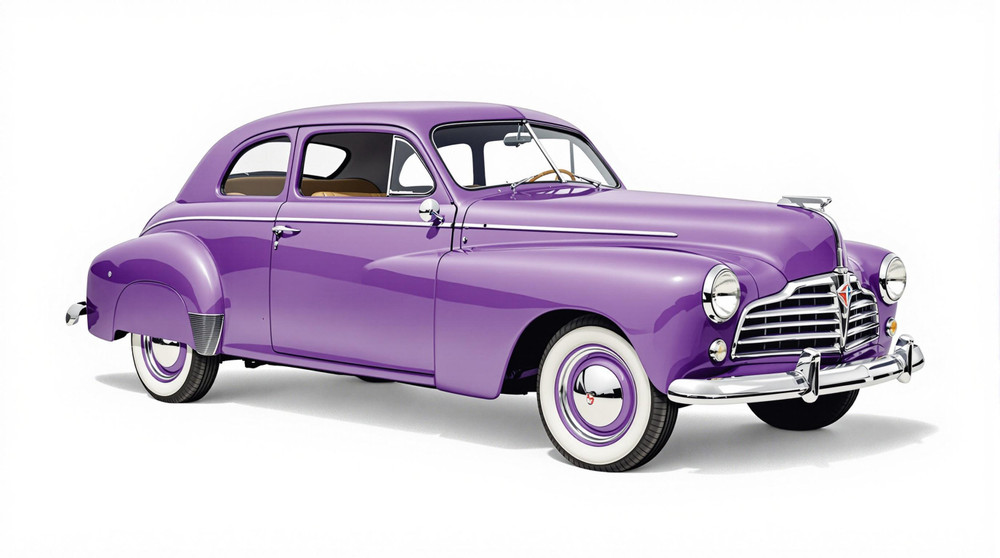Image of 1946 Studebaker Champion, Note: These illustrations use artistic license and may differ from actual historical models.
Performance Metrics
Fundamental Metrics
Emotional Appeal
MMP Rating
| Engine Specifications | |
|---|---|
| Engine Options: | Inline 6 |
| Displacement Range: | 170 cubic inches |
| Horsepower Range: | Estimated 80 hp |
| Torque: | 125 lb-ft |
| Compression Ratio: | Estimated 6.5:1 |
| Ignition System: | Distributor and coil |
| Cooling System: | Liquid-cooled |
| Performance Specifications | |
| 0-60 Time: | Information not available |
| 1/4 Mile Time: | Information not available |
| Top Speed: | 75 mph |
| Transmission and Drive | |
| Drive Type: | Rear-wheel drive |
| Transmission Type: | 3-speed manual |
| Fuel and Efficiency | |
| Fuel System Type: | Carburetor |
| MPG: | Estimated 15-20 mpg |
| Dimensions and Brakes | |
| Brakes: | Drum brakes |
| Wheelbase: | 112 inches |
| Weight: | 2,700 lbs |
Note: Specifications for classic cars are given to the best of our ability, considering the limited and variant data available.
Unveiling the 1946 Studebaker Champion: A Post-War Marvel
The year 1946 marked a pivotal moment in automotive history as the world shifted from wartime production to peacetime prosperity, and the Studebaker Champion emerged as a symbol of this new era. Crafted by the venerable Studebaker Corporation, an innovator in the transportation industry since the days of horse-drawn carriages, the Champion was more than just a car; it was a beacon of American resilience and ingenuity. The Champion's debut not only signaled the return of civilian automotive production but also introduced design and technological advancements that would shape the future of automobiles.
Design and Innovation: The Artistry of the Champion
The exterior of the 1946 Studebaker Champion was a sight to behold, with its sleek lines and aerodynamic silhouette that seemed to slice through the air with grace. The car's design was a harmonious blend of form and function, featuring a bold front grille that exuded confidence and fenders that flowed seamlessly into the body. Inside, occupants were greeted with an interior that showcased high-quality materials and attention to detail. The dashboard was an exercise in ergonomic design, placing all controls within easy reach of the driver.
Technologically, the Champion stood out with features like its advanced independent front suspension system, which provided a smooth ride even on less-than-perfect roads. Color options for this model ranged from understated hues to vibrant tones, with popular choices reflecting the optimism of post-war America. Body styles varied, but it was the Starlight Coupe—with its distinctive wraparound rear window—that captured hearts and imaginations.
Historical Significance: The Champion's Enduring Legacy
The Studebaker Champion didn't just turn heads; it turned the tide for automotive innovation. It set itself apart with its weight-efficient design and fuel economy, which were critical in an era of resource conservation. Its impact rippled through subsequent automotive designs, influencing manufacturers to prioritize efficiency without sacrificing style.
Performance and Handling: A Smooth Operator on Any Road
Performance-wise, the 1946 Champion was commendable for its time, boasting a top speed that allowed drivers to cruise confidently on America's burgeoning highway system. Acceleration was modest by today's standards but more than adequate for the era's expectations. Handling was one of its strong suits; drivers often remarked on how well it navigated various driving conditions—its suspension system absorbing bumps with poise while maintaining stability in windy situations. Behind the wheel, one could hear the distinct hum of its engine—a sound that became synonymous with reliability.
Ownership Experience: More Than Just a Car
For many owners, the Champion served as a dependable daily driver while others cherished it as a showpiece or even raced it in competition. Its straightforward mechanical design made maintenance manageable for the average owner. Reliability was one of its hallmarks, making it not just a vehicle but a trusted companion on America's roads.
Fun Facts: The Champion's Place in History and Culture
This classic car boasts some intriguing trivia. While not known for breaking speed records, it did set benchmarks for efficiency and design within its class. It graced driveways of celebrities and even made appearances in significant historical events—adding to its storied past. Common criticisms often centered around its modest power output, but these were frequently overshadowed by its positive attributes.
Collector's Information: A Cherished Classic
Today, collectors seek out the 1946 Studebaker Champion for its historical significance and unique design features. While production numbers were substantial for post-war standards, surviving examples in pristine condition are relatively rare. Values range significantly based on condition and originality but expect well-maintained Champions to fetch handsome sums in today's market—often appreciating over time as enthusiasts recognize their worth as both an investment and a piece of history.
Conclusion: Celebrating an Automotive Icon
The 1946 Studebaker Champion stands as a testament to an era when cars were more than just transportation—they were statements of progress and symbols of hope. As we reflect on this automotive icon's journey from post-war production lines to modern-day collector garages, we're reminded that some vehicles offer more than just a ride—they provide a timeless connection to our past and an enduring legacy for future generations to admire.
1946 Studebaker Champion Catalog of Parts
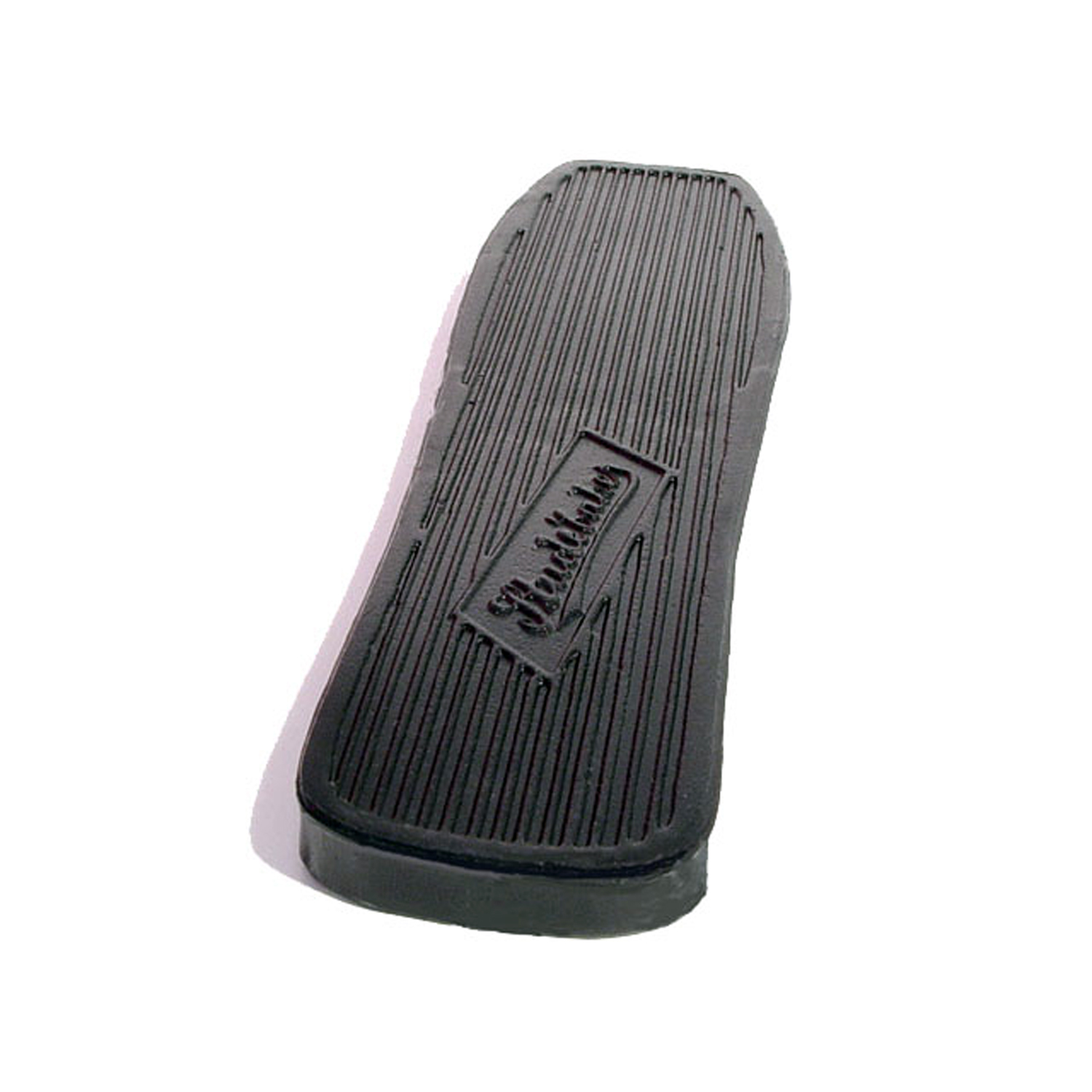 1946 Studebaker Champion Accelerator Pedal Pad, 2-3/8" X 9", Each-AP 22Accelerator Pedal Pad, 2-3/8" X 9", Each
1946 Studebaker Champion Accelerator Pedal Pad, 2-3/8" X 9", Each-AP 22Accelerator Pedal Pad, 2-3/8" X 9", Each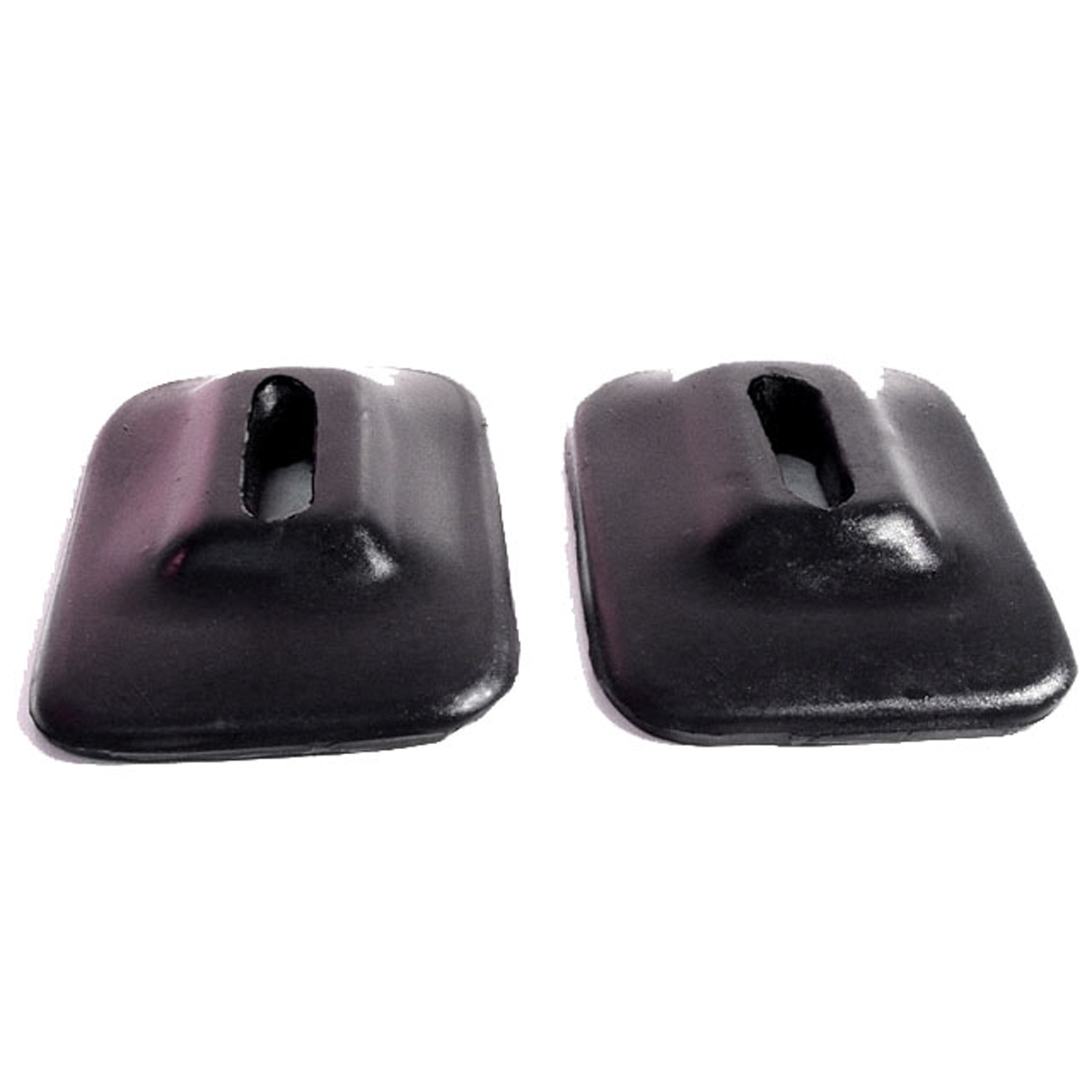 1946 Studebaker Champion Front and Rear Bumper Arm Grommets-BG 45Front and Rear Bumper Arm Grommets. 2-3/4" wide X 4-1/8" long, with 1-5/8" long inner slot. Pair
1946 Studebaker Champion Front and Rear Bumper Arm Grommets-BG 45Front and Rear Bumper Arm Grommets. 2-3/4" wide X 4-1/8" long, with 1-5/8" long inner slot. Pair 1946 Studebaker Champion Spring and Shackle Bushing. 7/8" bottom O.D-BN 15Spring and Shackle Bushing. 7/8" bottom O.D. X 1-1/8" high, with 1/2" I.D. Each
1946 Studebaker Champion Spring and Shackle Bushing. 7/8" bottom O.D-BN 15Spring and Shackle Bushing. 7/8" bottom O.D. X 1-1/8" high, with 1/2" I.D. Each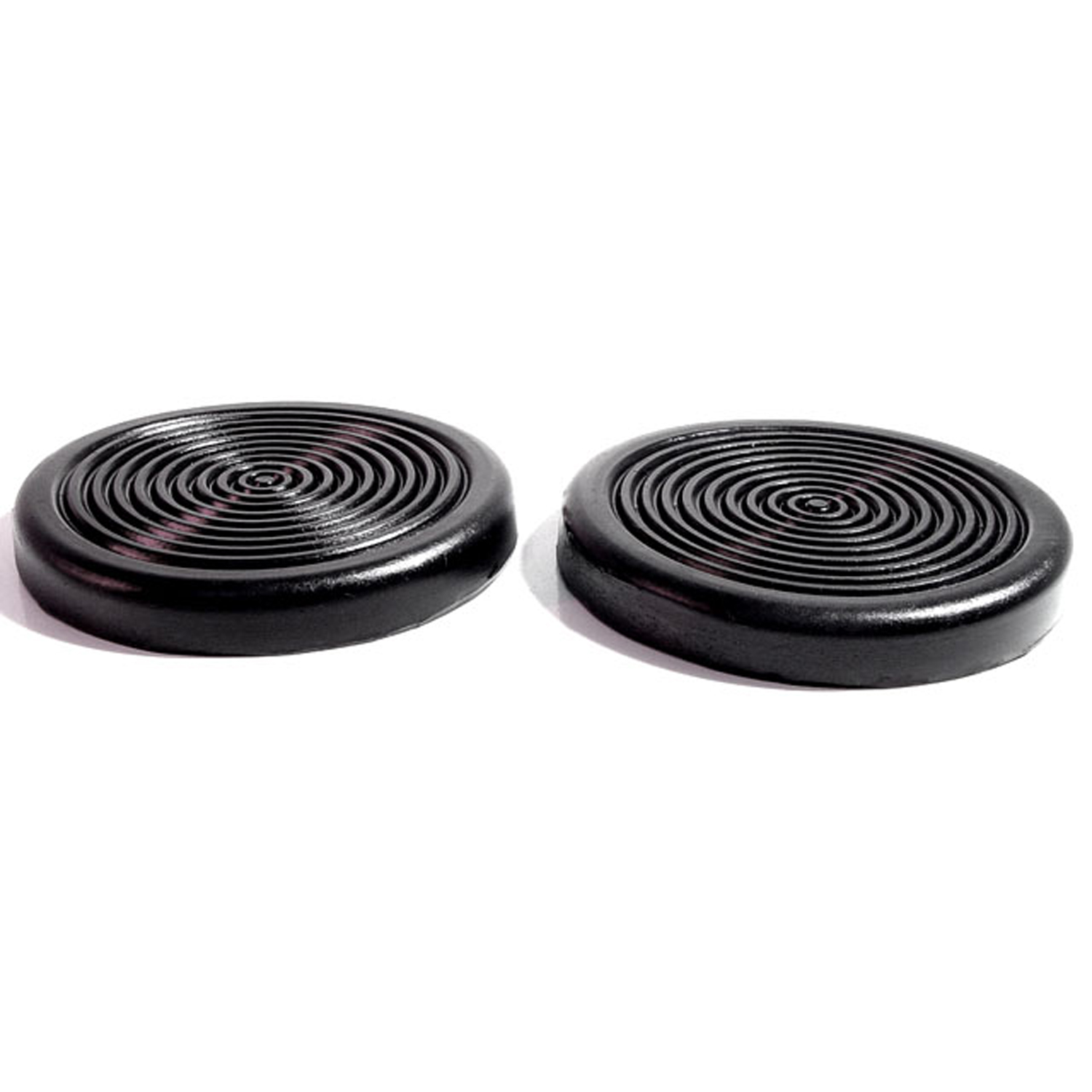 1946 Studebaker Champion Clutch and Brake Pedal Pads. 3" Diameter. Pair-CB 81Clutch and Brake Pedal Pads. 3" Diameter. Pair
1946 Studebaker Champion Clutch and Brake Pedal Pads. 3" Diameter. Pair-CB 81Clutch and Brake Pedal Pads. 3" Diameter. Pair 1946 Studebaker Champion Gas Filler Grommet. Perfect reproduction. Top 2-1/16" I.D-GF 45Gas Filler Grommet. Perfect reproduction. Top 2-1/16" I.D., 3-7/16" O.D. Each
1946 Studebaker Champion Gas Filler Grommet. Perfect reproduction. Top 2-1/16" I.D-GF 45Gas Filler Grommet. Perfect reproduction. Top 2-1/16" I.D., 3-7/16" O.D. Each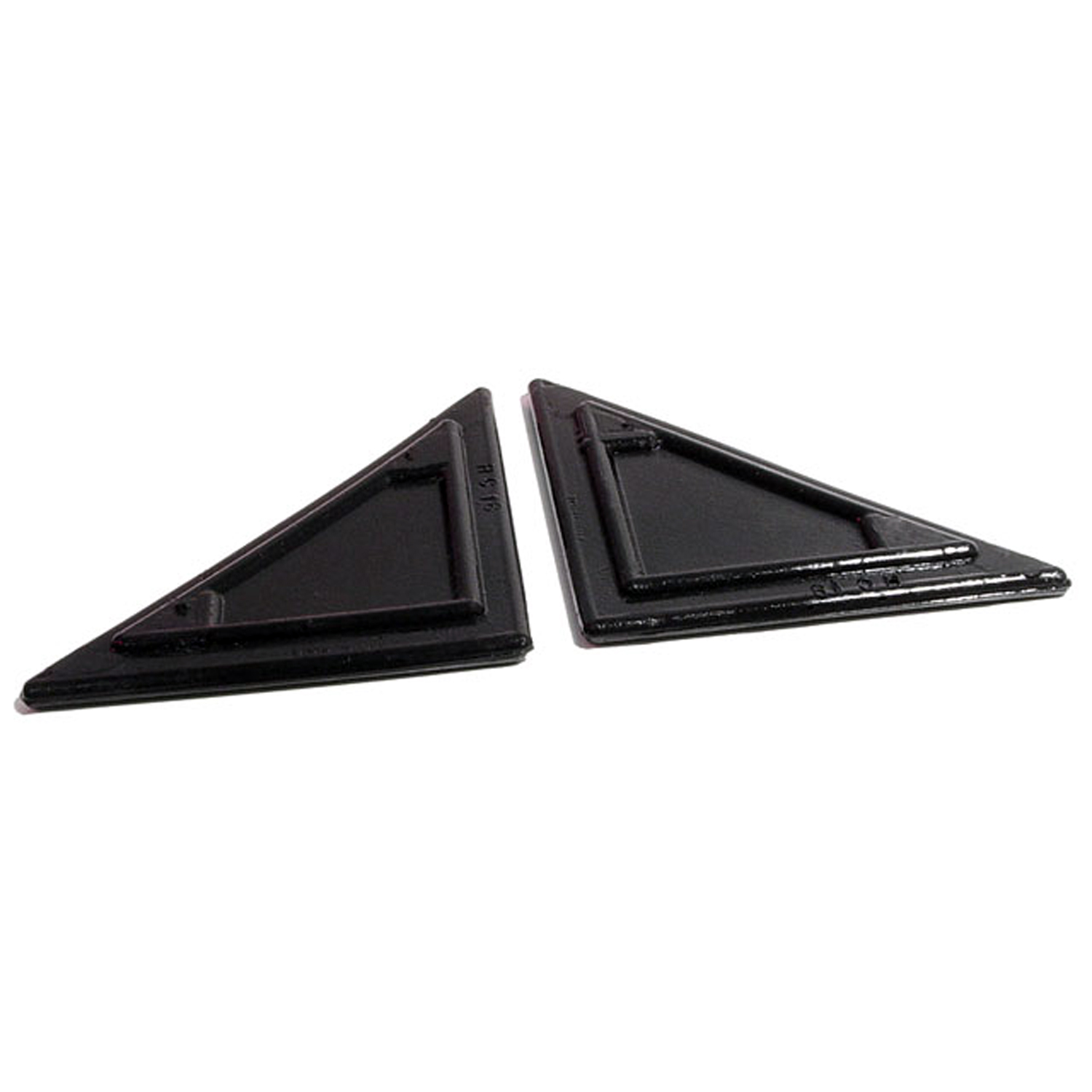 1946 Studebaker Champion Hood Corners. Original design. 2-3/4" wide. Pair-HC 18Hood Corners. Original design. 2-3/4" wide. Pair
1946 Studebaker Champion Hood Corners. Original design. 2-3/4" wide. Pair-HC 18Hood Corners. Original design. 2-3/4" wide. Pair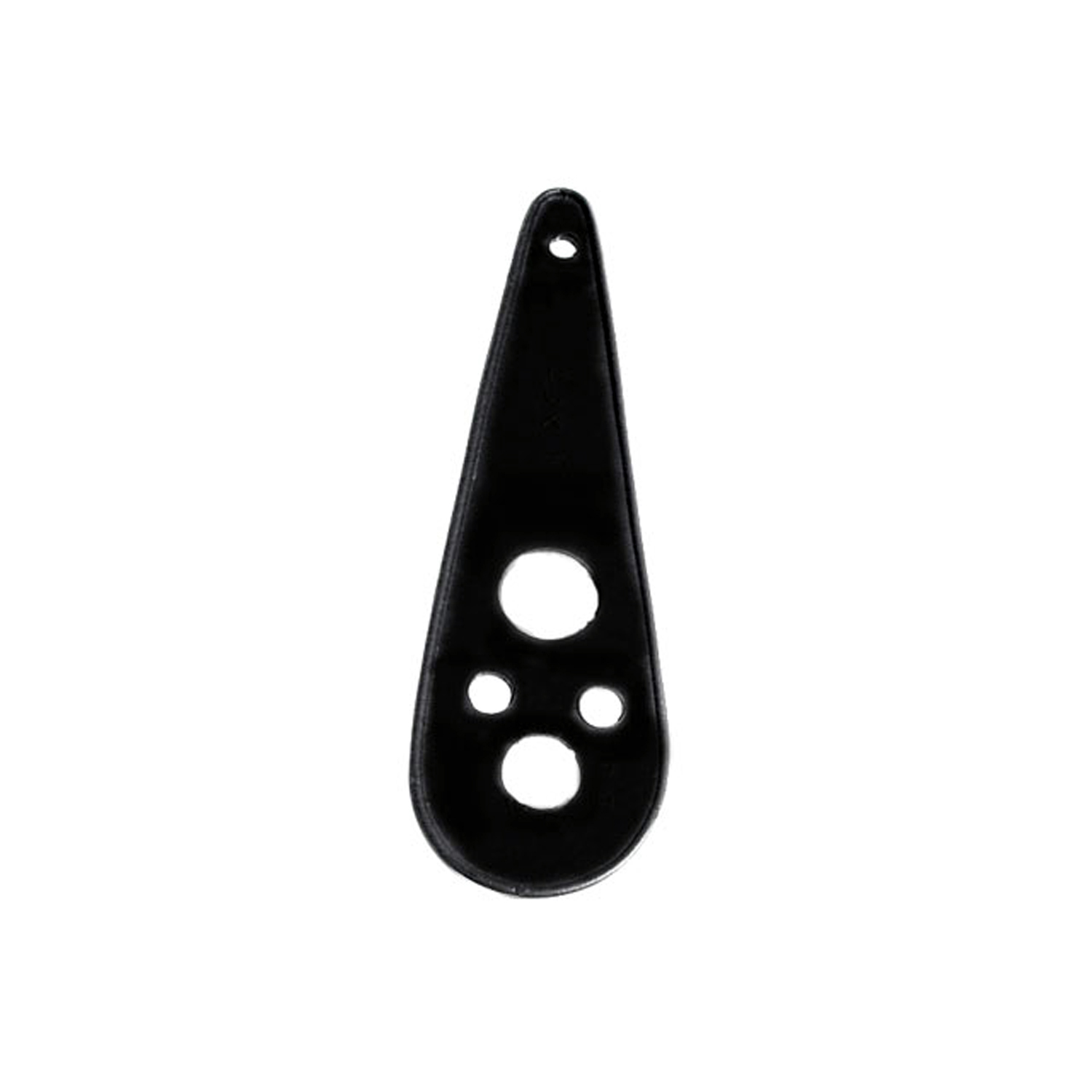 1946 Studebaker Champion Trunk Lock Pad. 2-5/8" wide X 8-1/4" long. Each-MP 976Trunk Lock Pad. 2-5/8" wide X 8-1/4" long. Each
1946 Studebaker Champion Trunk Lock Pad. 2-5/8" wide X 8-1/4" long. Each-MP 976Trunk Lock Pad. 2-5/8" wide X 8-1/4" long. Each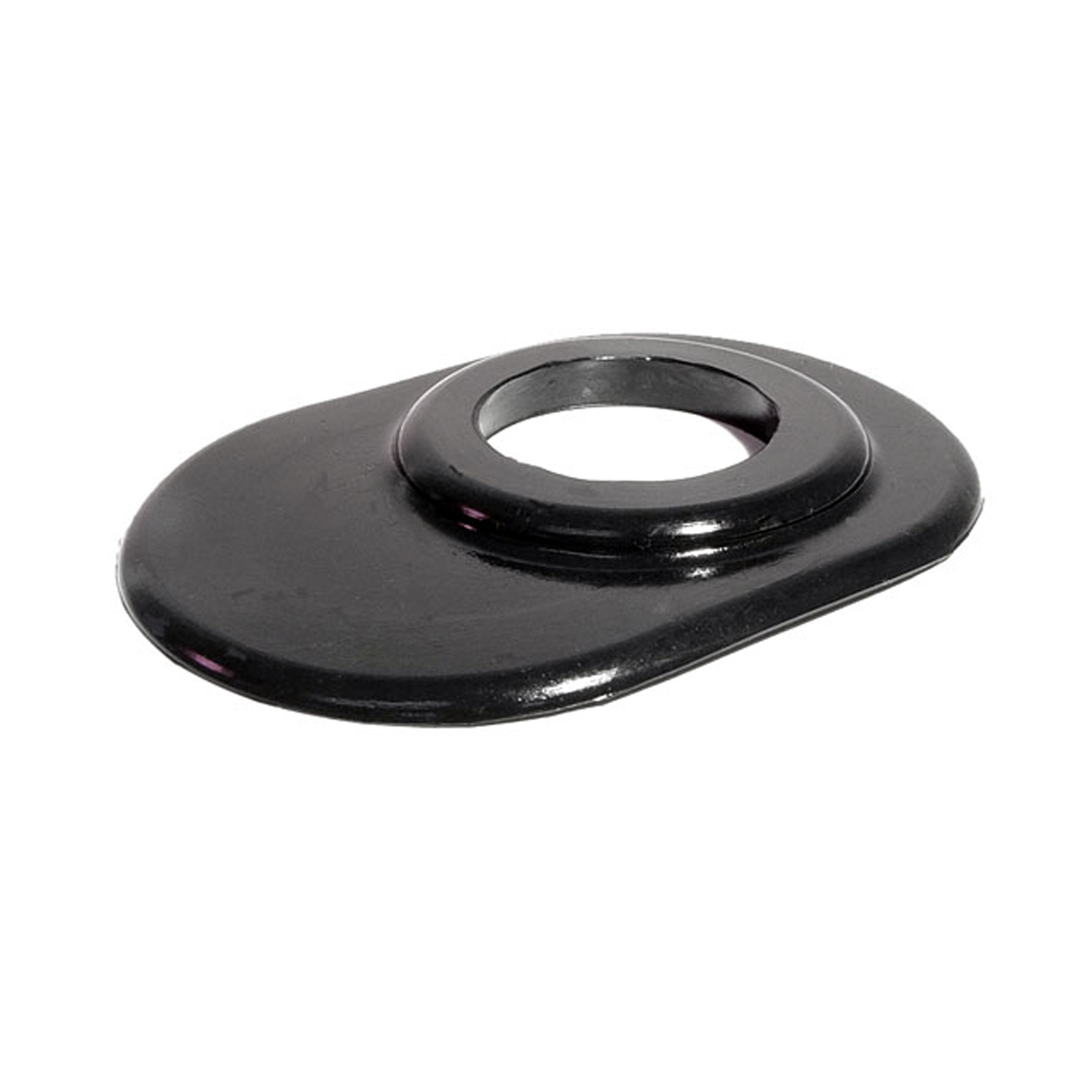 1946 Studebaker Champion Steering Column Grommet. For 3-speed models. Each-SC 24-ASteering Column Grommet. For 3-speed models. Each
1946 Studebaker Champion Steering Column Grommet. For 3-speed models. Each-SC 24-ASteering Column Grommet. For 3-speed models. Each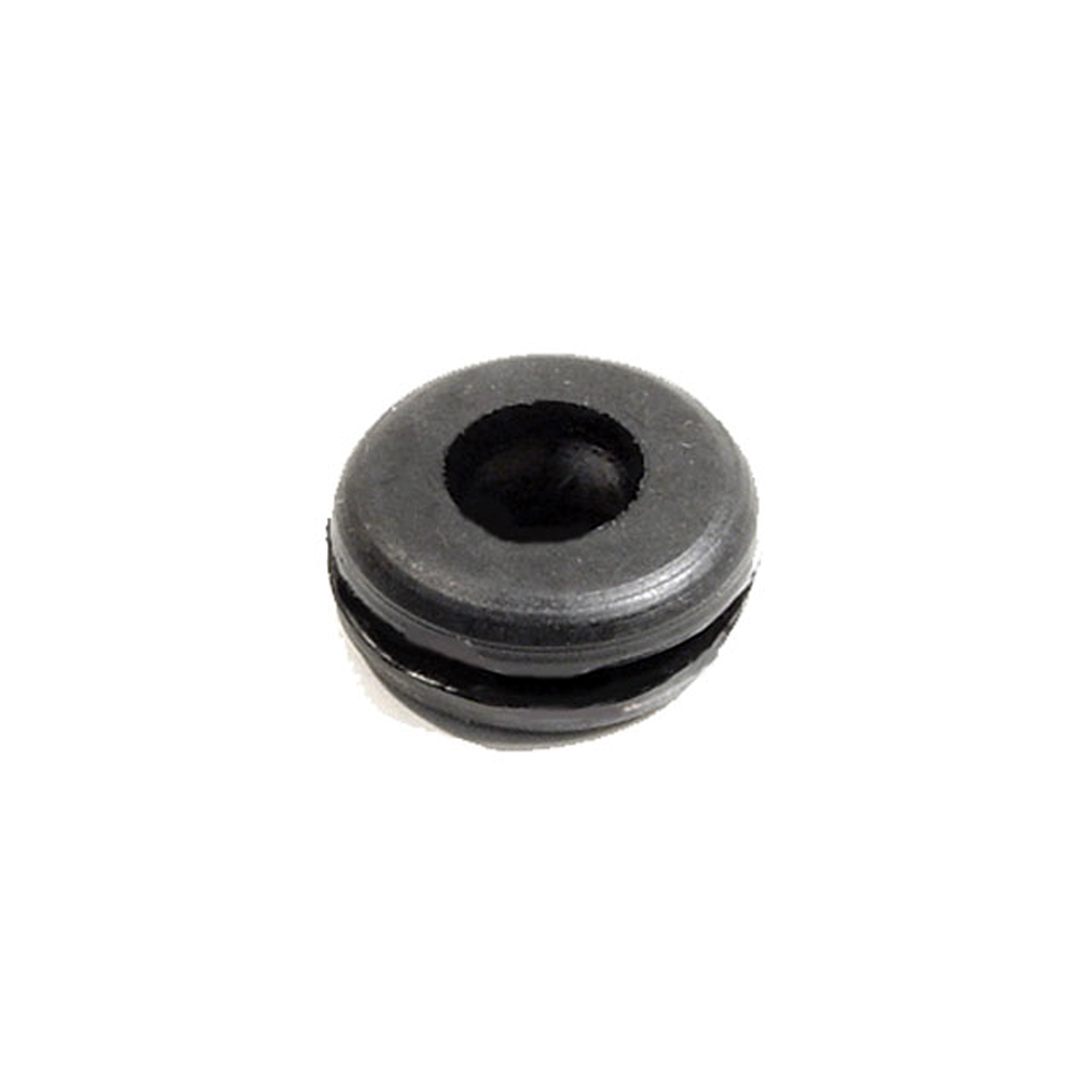 1946 Studebaker Champion Headlight & Tail-Light Wire Grommet. 3/8" I.D., 7/8" O.D-SM 13-AHeadlight & Tail-Light Wire Grommet. 3/8" I.D., 7/8" O.D. Each
1946 Studebaker Champion Headlight & Tail-Light Wire Grommet. 3/8" I.D., 7/8" O.D-SM 13-AHeadlight & Tail-Light Wire Grommet. 3/8" I.D., 7/8" O.D. Each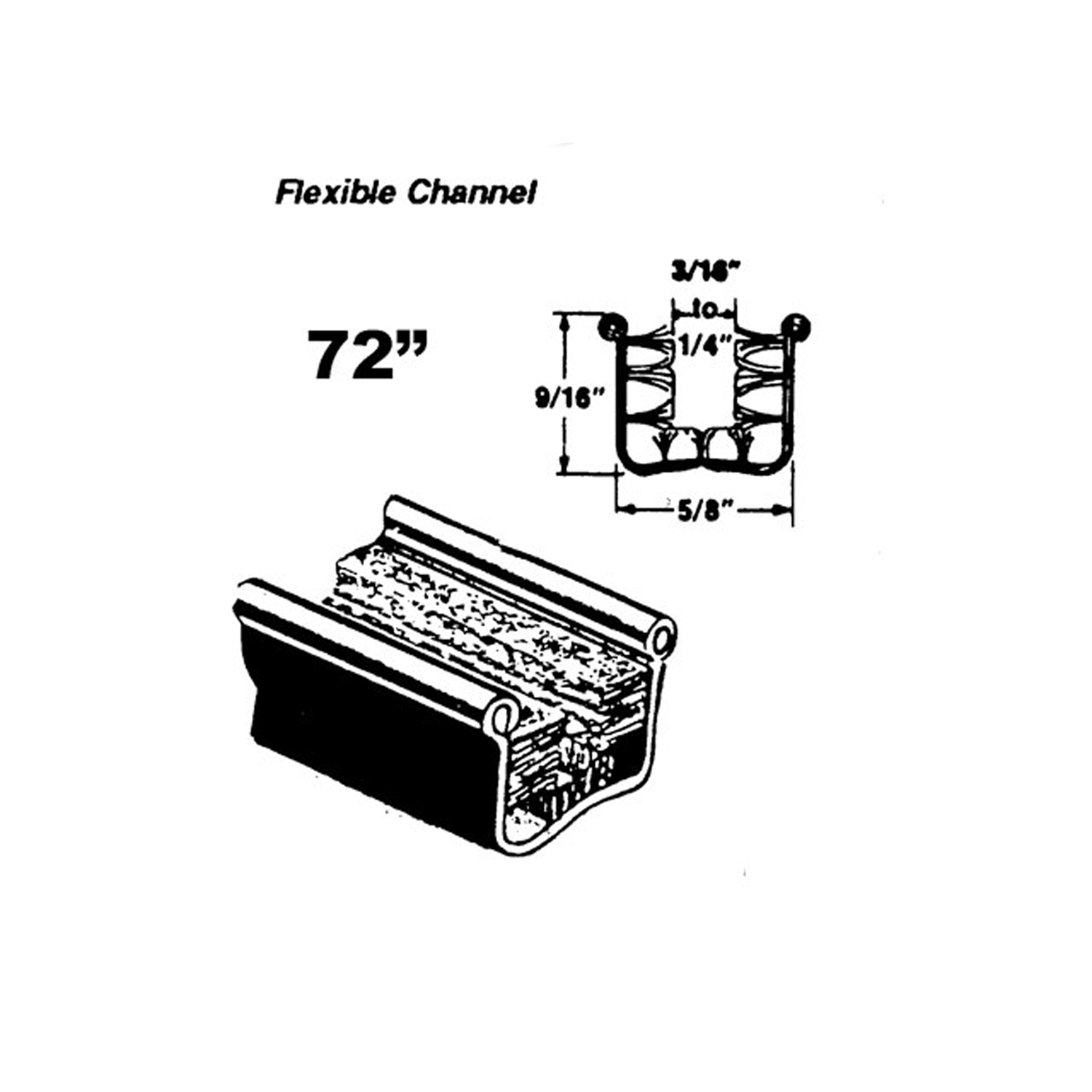 1946 Studebaker Champion Flexible glass-run channel-WC 11-72Flexible glass-run channel. Mohair lined, cloth covered with stainless steel bead. Used on side windows. 72 in. long. Each. NOTE: $20 special shipping charge applies for domestic orders. Call or email for overseas shipping costs. Part can be sectioned in two equal lengths to reduce overseas shipping costs.
1946 Studebaker Champion Flexible glass-run channel-WC 11-72Flexible glass-run channel. Mohair lined, cloth covered with stainless steel bead. Used on side windows. 72 in. long. Each. NOTE: $20 special shipping charge applies for domestic orders. Call or email for overseas shipping costs. Part can be sectioned in two equal lengths to reduce overseas shipping costs.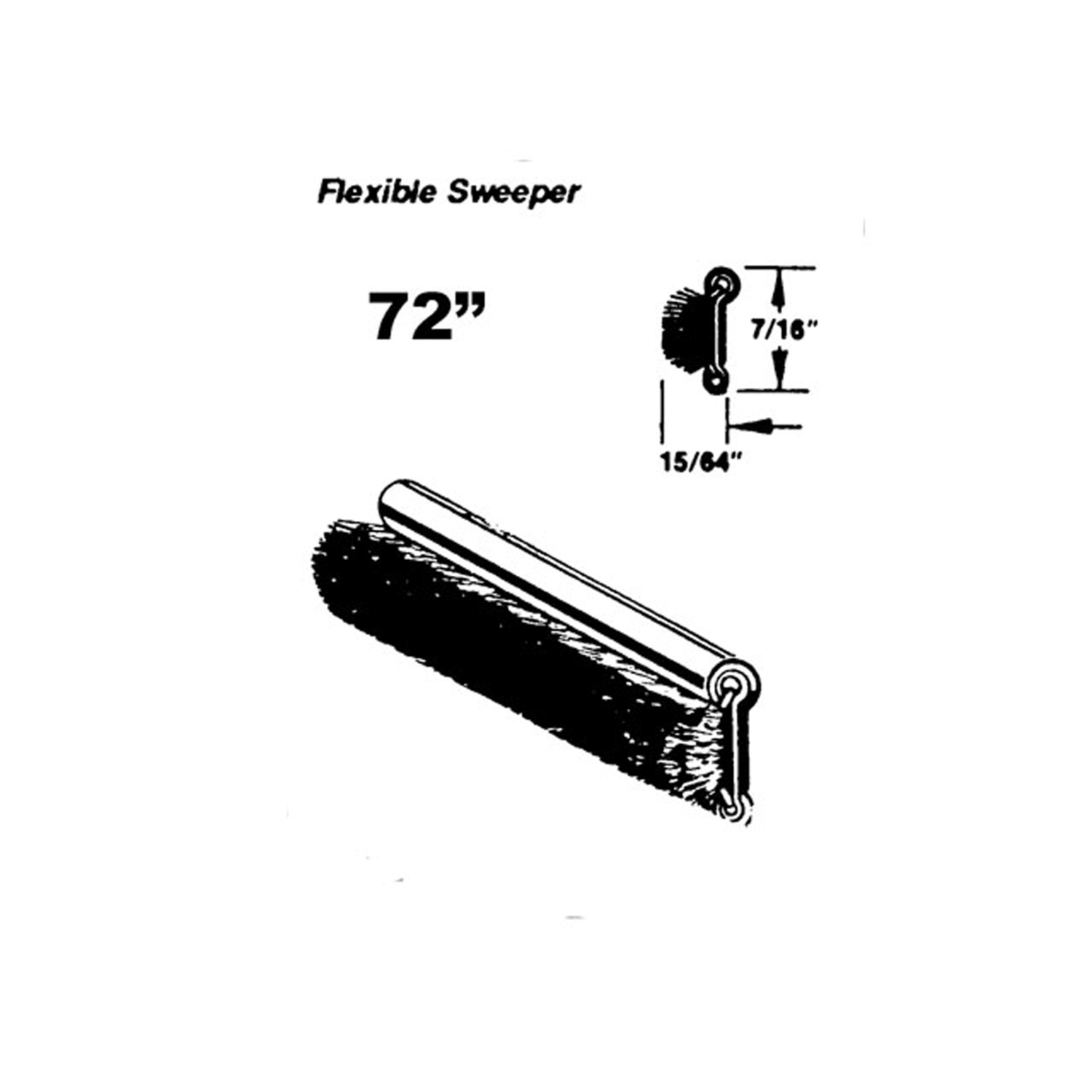 1946 Studebaker Champion Flexible sweeper. Made with stainless steel bead-WC 8-72Flexible sweeper. Made with stainless steel bead. Used on inner and outer beltlines. Also forms easily for use with sliding quarter windows. 72 in. long. Each. NOTE: $20 special shipping charge applies for domestic orders. Call or email for overseas shipping costs. Part can be sectioned into two equal lengths to reduce overseas shipping costs.
1946 Studebaker Champion Flexible sweeper. Made with stainless steel bead-WC 8-72Flexible sweeper. Made with stainless steel bead. Used on inner and outer beltlines. Also forms easily for use with sliding quarter windows. 72 in. long. Each. NOTE: $20 special shipping charge applies for domestic orders. Call or email for overseas shipping costs. Part can be sectioned into two equal lengths to reduce overseas shipping costs.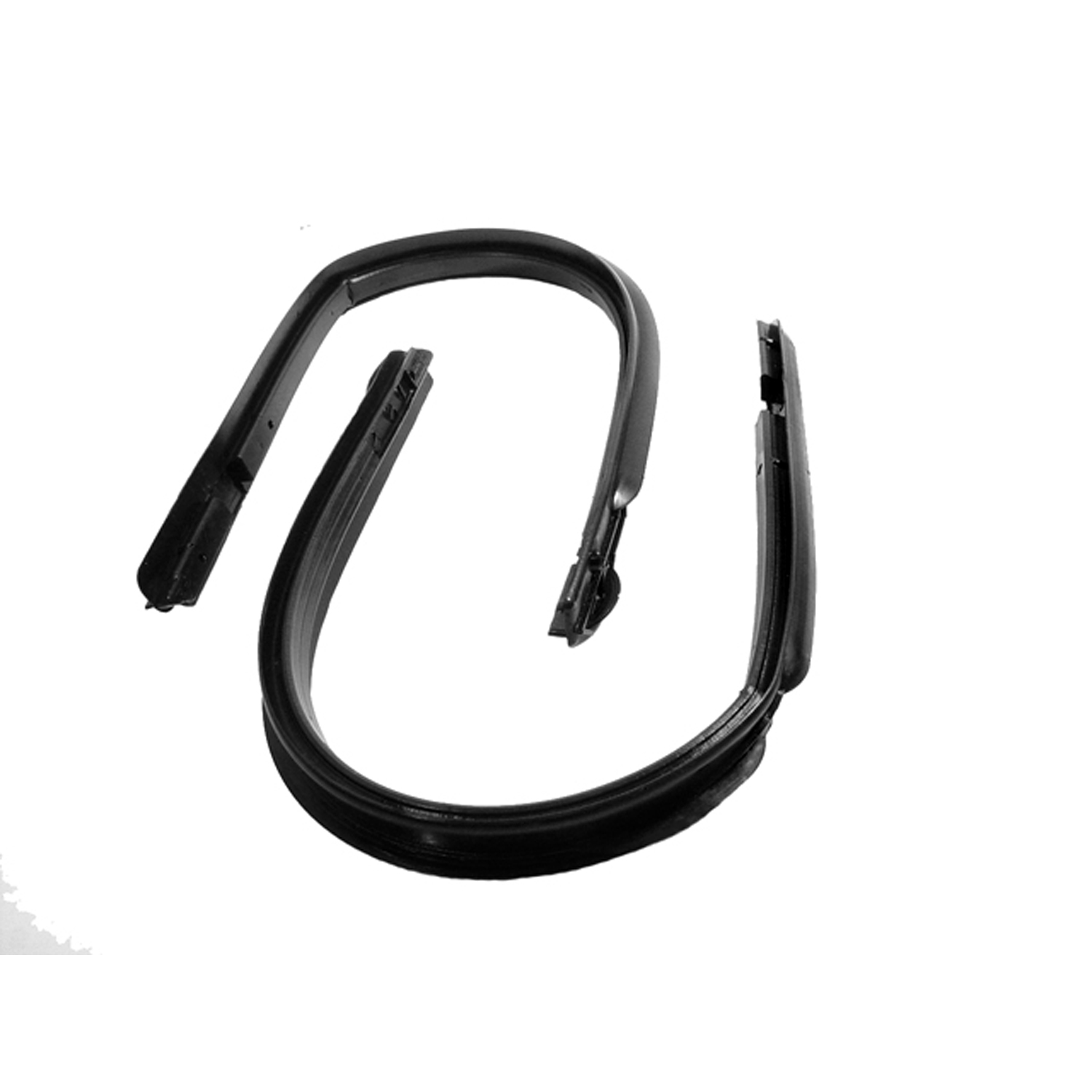 1946 Studebaker Champion Front Vent Window Seals. 28-7/8" long each. Pair R&L-WR 9401Front Vent Window Seals. 28-7/8" long each. Pair R&L
1946 Studebaker Champion Front Vent Window Seals. 28-7/8" long each. Pair R&L-WR 9401Front Vent Window Seals. 28-7/8" long each. Pair R&LWhy Choose Metro?
For over 100 years, Metro Moulded Parts has been the pinnacle of quality in classic car restoration parts. Our commitment to precision and authenticity in every component ensures a perfect fit and an OEM-level appearance.
- Expert Craftsmanship & Quality: Each part is a testament to our dedication to reliability and perfection, crafted from original designs and thoroughly tested.
- Advanced Technology: We use cutting-edge techniques to create flawless, long-lasting parts that surpass others in performance.
- SuperSoft Sponge – The Ultimate Door Seal: Not only are our door seals 30% softer than competitors', but they're also guaranteed to never leak. They effectively reduce wind and road noise, enhancing your classic car's comfort and driving experience.
- Proudly American: Our parts are a product of American craftsmanship, made in the USA with a spirit of excellence and heritage.
- Unrivaled Warranty: We back our products with a 30-year industry-leading warranty, a testament to our confidence in their quality.
Join us in preserving the legacy of classic cars with parts that are crafted for perfection, not just made.

